Ah, the wonders of refrigeration! It’s a technology that has revolutionized how we store food, transport perishables, and enjoy a cold beverage on a hot summer day. But even the best-designed refrigeration systems can encounter a frosty foe: ice buildup. In this article, we’ll delve into the chilling details of frost formation in compressors, evaporators, and condensers, and explore how to combat this icy adversary with effective defrost strategies. So, buckle up and grab your warmest coat – we’re about to embark on a frosty adventure!
Causes of Frost Formation
When it comes to frost, not all refrigeration components are created equal. Let’s take a closer look at the culprits behind frost formation in compressors, evaporators, and condensers.
Compressors
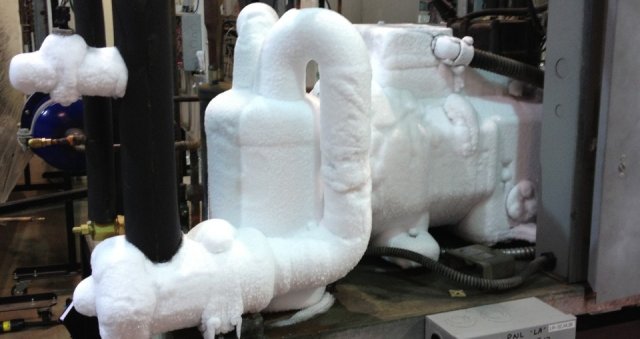
- Low suction pressure: If your compressor is feeling a bit under the weather, it might be due to low suction pressure. This can result from low refrigerant charge, a blocked filter-drier, or a clogged evaporator – and can lead to a frosty situation.
- High humidity: When your compressor’s exterior resembles a snowman, it might be due to high humidity. Moisture in the air can condense and freeze on the compressor’s surface, especially when combined with low suction pressure.
Evaporators
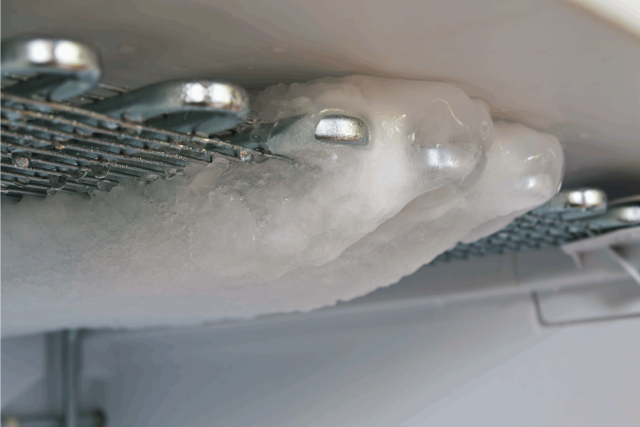
- Low refrigerant charge: Just like your favorite ice cream, evaporators need the right amount of refrigerant to function optimally. Too little, and you’ll be dealing with frosty coils.
- Poor airflow: It’s important for evaporators to keep their cool, but not when it comes to airflow. Restricted airflow from dirty filters, blocked vents, or malfunctioning fans can cause frost to accumulate on the coil.
- High humidity: Much like with compressors, high humidity can lead to frost formation on evaporator coils. So, keep that moisture in check!
Condensers
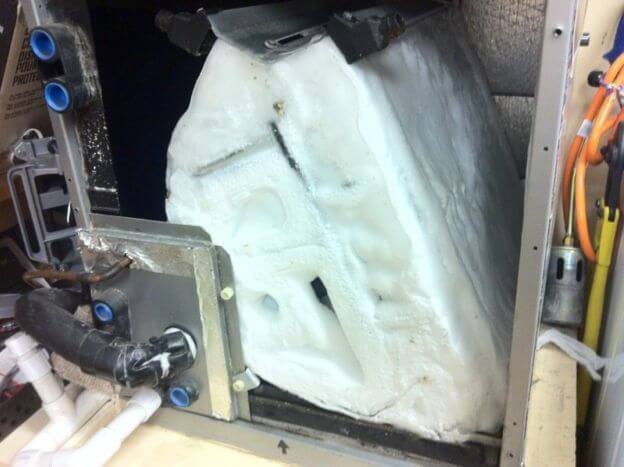
- Low ambient temperature: Although frosty condensers are rarer than their evaporator and compressor counterparts, they can still occur when outdoor temperatures drop significantly below the condensing temperature.
- High humidity: Once again, humidity rears its frosty head. Excess moisture in the air can lead to frost formation on the condenser’s surface.
Impact of Frost Formation on System Performance
Now that we know the culprits behind frost formation, let’s examine the chilling consequences of frost on compressors, evaporators, and condensers.
Compressors
- Reduced efficiency: When your compressor is sporting an icy coat, it struggles to shed heat. This can cause overheating and reduced performance – not a great combination!
- Increased wear and tear: Frosty conditions can stress the compressor, making it work harder to maintain the desired temperature. This can lead to premature wear and tear.
- Higher energy consumption: Like a marathon runner on an icy track, a frosty compressor struggles to maintain efficiency, leading to increased energy usage.
Evaporators
- Reduced heat transfer: Frost buildup on the evaporator coil acts like an unwanted blanket, reducing heat transfer and cooling capacity.
- Impaired airflow: As frost accumulates, it can block airflow, leading to even more reduced cooling capacity.
- Increased energy consumption: With reduced efficiency, the system will need to work harder to achieve the desired temperature, which means higher energy consumption – and nobody wants that!
Condensers
- Reduced heat transfer: Similar to evaporators, frost buildup on the condenser coil can impede heat transfer, leading to higher condensing temperatures and pressures, and reduced system efficiency.
- Overheating: As the condenser struggles to dissipate heat, the compressor can overheat, potentially causing damage or even failure.
- Increased energy consumption: When the system works harder to compensate for reduced heat transfer, it consumes more energy, leading to higher operational costs.
Effective Defrost Strategies
Now that we’ve identified the chilling impact of frost on refrigeration systems, let’s explore some defrost strategies to keep your system running smoothly and efficiently.
- Manual defrost: Sometimes, the simplest solutions are the best. Turn off the refrigeration system, let the frost melt naturally, and voilà – you’re frost-free! Just remember to remove any stored items during the process.
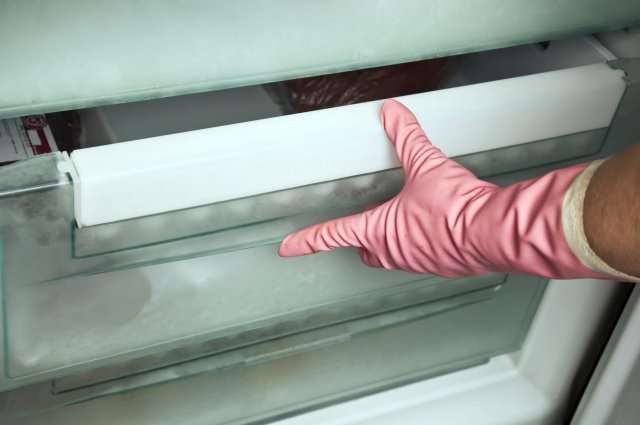
- Electric defrost: In this high-tech approach, heating elements installed near the evaporator coil come to the rescue, melting away frost. Controlled by a timer or temperature sensor, this method is both effective and precise.
- Hot gas defrost: This clever technique involves redirecting hot refrigerant gas from the compressor’s discharge side to the evaporator coil, effectively melting frost on the coil. It’s like fighting ice with fire – or, well, hot gas!
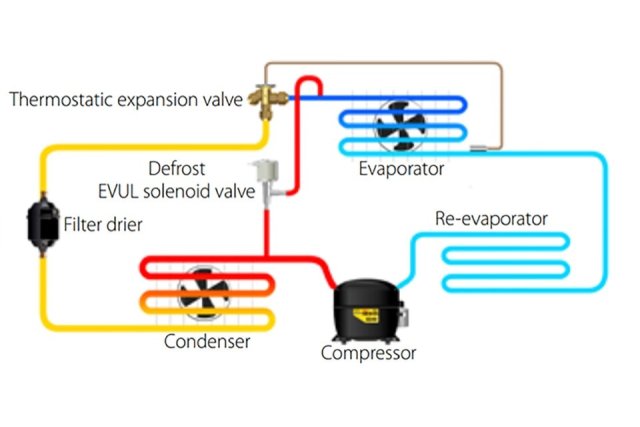
- Off-cycle defrost: For systems with shorter run times and lower frost accumulation, simply turning off the compressor periodically can allow the evaporator’s temperature to rise and melt away frost. It’s a low-tech but efficient solution.
Implementing Preventative Measures
An ounce of prevention is worth a pound of cure – or, in this case, a pound of frost. Here are some tips to keep your refrigeration system frost-free:
- Regular maintenance and inspections: Like a well-tuned car, a well-maintained refrigeration system is less likely to encounter frosty problems. Keep those air filters clean and vents clear!
- Proper system design: An efficiently designed system can help prevent frost buildup. Consult with an experienced professional to optimize your refrigeration system.
- Addressing root causes of frost formation: When frost does occur, it’s essential to identify and address the underlying causes. By tackling these issues head-on, you can keep your system running smoothly and efficiently.
Conclusion
In summary, understanding and preventing frost formation in compressors, evaporators, and condensers is crucial for maintaining the efficiency and reliability of refrigeration systems. By employing effective defrost strategies and implementing preventative measures, you can keep your system frost-free and running at peak performance. So, go forth, and conquer the frosty foe! Your refrigeration system will thank you.

Bonjour je m’appelle Morel je veux savoir un peu plus sur le chiller .
le chiller démarre puis s’arrête, j’aimerais les cause.